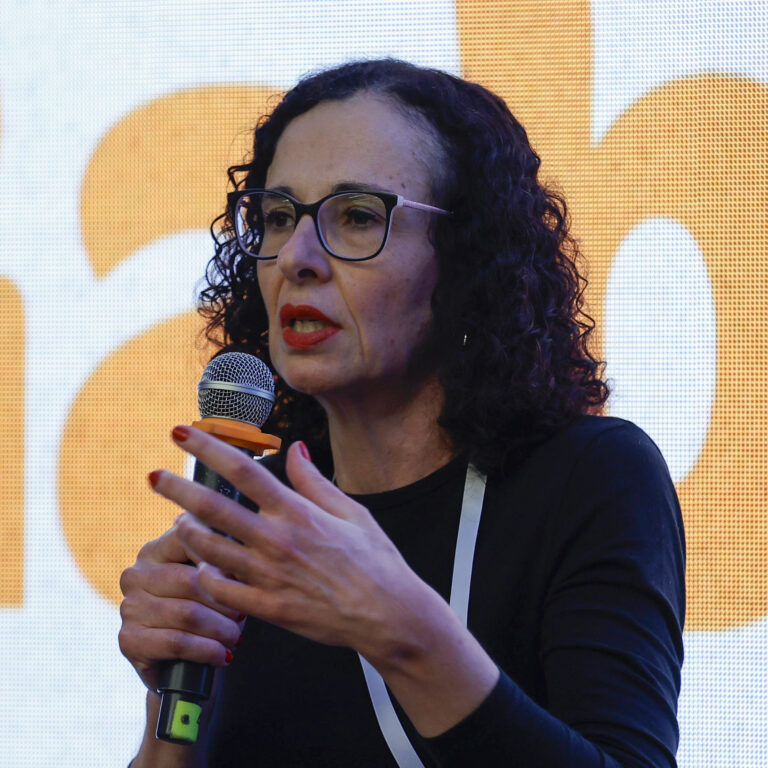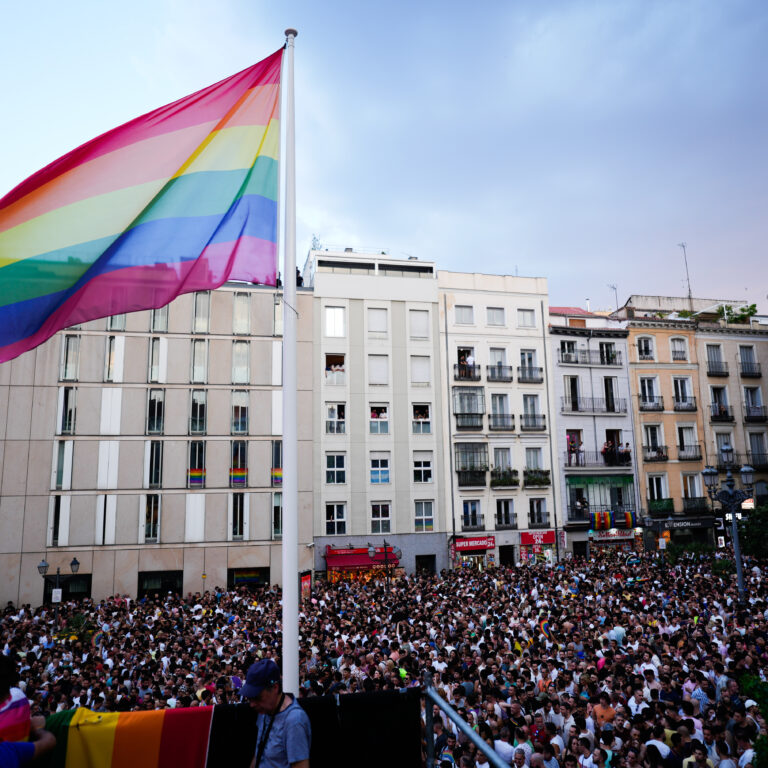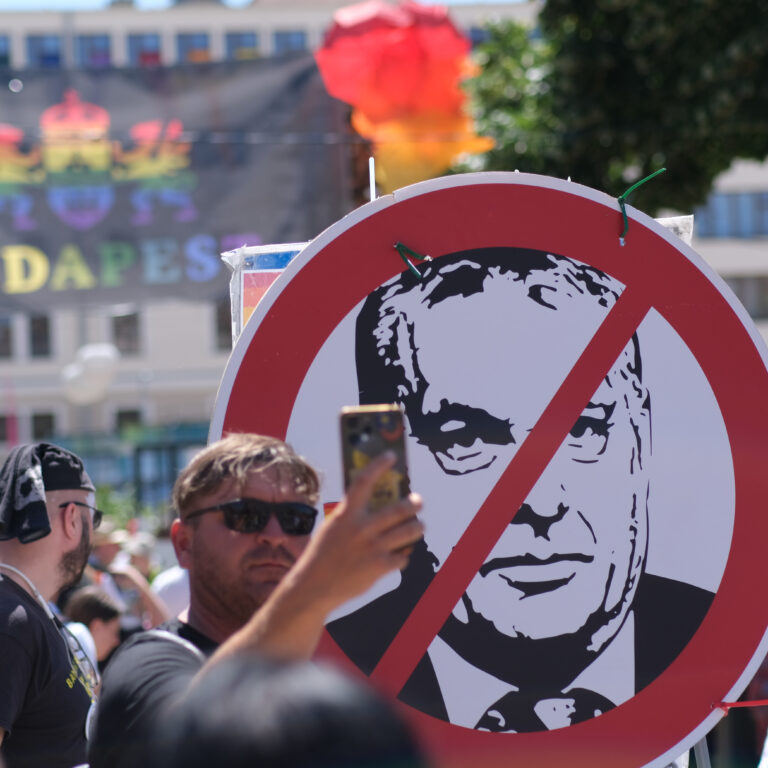Physical and verbal attacks and threats, desecrations and robberies of temples, graffiti on the walls of churches and pastoral homes, speeches by the dictatorship among the main attacks
Por: Voces en Libertad
Since 2018, the Nicaraguan Catholic Church has suffered an average of three attacks of different types per day. For the regime of Daniel Ortega, the religious went from being the mediators in the sociopolitical crisis to an enemy that had to attack with everything.
n
A compilation by the Nicaraguan researcher Martha Molina indicates that bishops, priests, seminarians, nuns, and laity have suffered at least 190 attacks from 2018 until last week.
n
Just a few hours ago, a radio propagandist for Daniel Ortega and Rosario Murillo said that the priests should be in jail. “What crown does Álvarez have? What crown does Padilla have?” He asked, referring to the Bishop of Matagalpa Rolando Álvarez Lagos and the father of Masaya Harving Padilla. And four years ago, Ortega guerrilla Edén Pastora reminded them on television that “bullets go through cassocks.”
He may be interested in reading: Priests also suffer persecution in Nicaragua
Before 2018, the regime maintained a distant but respectful relationship with the church. On July 19, three months after the social outbreak that Ortega quelled with armed police and fanatics and that left 355 dead according to the Inter-American Commission on Human Rights, IACHR, everything changed. In the Plaza de la Fe, and having the Pope’s representative, Nuncio Waldemar Sommertag, as a guest, a furious Ortega accused the priests of being part of a conspiracy against him. He called them coup plotters and declared war on them.
Indice
ToggleThe Hardest Year
Molina’s research shows that from then on and throughout 2019, they were the months in which the most attacks were recorded against religion. “48.25{e079e928c0ffac93fc2d0bcb855951dc424555b296fe89c532c6f4d7d2083413} percent of the attacks occurred in 2019,” says Molina in the document. “The attacks have been constant,” adds the researcher when consulted for this report.
n
From Ortega’s violent speech against the bishops until the end of 2018, incidents against the church reached 46.24{e079e928c0ffac93fc2d0bcb855951dc424555b296fe89c532c6f4d7d2083413}, 40.21{e079e928c0ffac93fc2d0bcb855951dc424555b296fe89c532c6f4d7d2083413} in 2020, 35.19{e079e928c0ffac93fc2d0bcb855951dc424555b296fe89c532c6f4d7d2083413} in 2021, and 21.11{e079e928c0ffac93fc2d0bcb855951dc424555b296fe89c532c6f4d7d2083413} until May this year.
n
“You have to take into account that it’s only been five months this year and the recorded incidents have reached half of the highest statistics, it’s alarming,” says a local analyst who asks to speak under reservation to avoid persecution by the regime.
n
The source adds that another piece of information to highlight in Molina’s study is that in recent incidents, the operators of the dictatorship, in addition to being “more systematic, have defined objectives, the aggressions are more directed,” he warns.
n
And it is that just a few days ago the regime launched against Monsignor Rolando Álvarez Lagos, bishop of the Diocese of Matagalpa, to the extent that the religion was forced to take refuge in a parish in Managua, and during his stay, he was surrounded by police and regime fanatics. Another priest who suffered the heavy siege was Father Having Padilla, from the San Juan Bautista church in Masaya, whom the repressors kept prisoner in his parish for more than eight days.
n
The voice of Monsignor Álvarez is considered the most critical that has denounced the abuses of the regime and has called on citizens to maintain their faith that better times will come. “His homilies of his are pointed and uncomfortable for the dictatorship,” says the analyst.
But it was not the only thing, before the end of this week, on Friday the 20th, Ortega and Murillo ordered the regulator of the Telcor radio space to negotiate with the Claro company to “turn off” the signal of Channel 51, owned by the Catholic Church, the one that was served on cables and from where the religious spread their religious activities, evangelized, shared homilies and gave catechism.
Hostility against priests
n
Molina’s research indicates that the most common hostilities against the religious have been physical and verbal aggression and threats, desecration, and theft of temples, graffiti on the walls of churches and pastoral homes, hate speech by Daniel Ortega and Rosario Murillo, and the persecution against charitable organizations of the Catholic Church.
n
In the case of aggression and threats, these come to represent 37{e079e928c0ffac93fc2d0bcb855951dc424555b296fe89c532c6f4d7d2083413} of hostilities. The researcher highlights that this type of attack caused the exile of at least three priests since the crisis that began in April 2018.
n
Monsignor Silvio Báez, auxiliary bishop of Managua, and Father Edwin Román are two of the best-known priests who were forced to leave the country due to persecution.
On June 10, 2018, a group of hooded men intercepted Father Vicente Martínez from the parish of Santa Lucía, in Ciudad Darío, Matagalpa, and put an AK-47 to his head. They told him they were going to kill him because his homilies were “poison.”
n
“The priests who have denounced the abuses against citizens have paid a very high cost,” says the researcher, who has a master’s degree in Corruption and Rule of Law from the University of Salamanca, Spain. “Unfortunately, there is no clear sign that the attacks are going to decrease, because the crisis in Nicaragua does not seem to be heading towards any solution, on the contrary, it is getting worse,” Molina warns.
The painful desecrations
n
According to the investigation, the desecration of the temples became the second most systematic hostility. In the list of aggressions in these four years, it occupies 49{e079e928c0ffac93fc2d0bcb855951dc424555b296fe89c532c6f4d7d2083413}, the most serious being according to the investigation, the fire caused in one of the chapels of the Cathedral of Managua on July 31, 2020, and where the venerated image of the Blood of Christ, a relic of 382 years of history.

But the temples have not only been attacked in the dark of night, they have also suffered attacks from state institutions and under strong sunlight. The study denounces the cuts in water and electricity services at a time when a parish was under siege. One of several occurred in April 2018, when protesters took refuge in the Cathedral. The regime cut off their electricity.
n
In 2019 Masaya, on November 15, 2019, the Nicaraguan Aqueduct and Sewer Company, Enacal, cut off the water service to the San Miguel de Masaya church, in response to the announcement of several mothers of political prisoners who announced a strike of famine in the temple.
n
“Unfortunately, there is no clear sign that the attacks are going to decrease, because the crisis in Nicaragua does not seem to be heading towards a solution, on the contrary, it is getting worse,” Molina warns.







